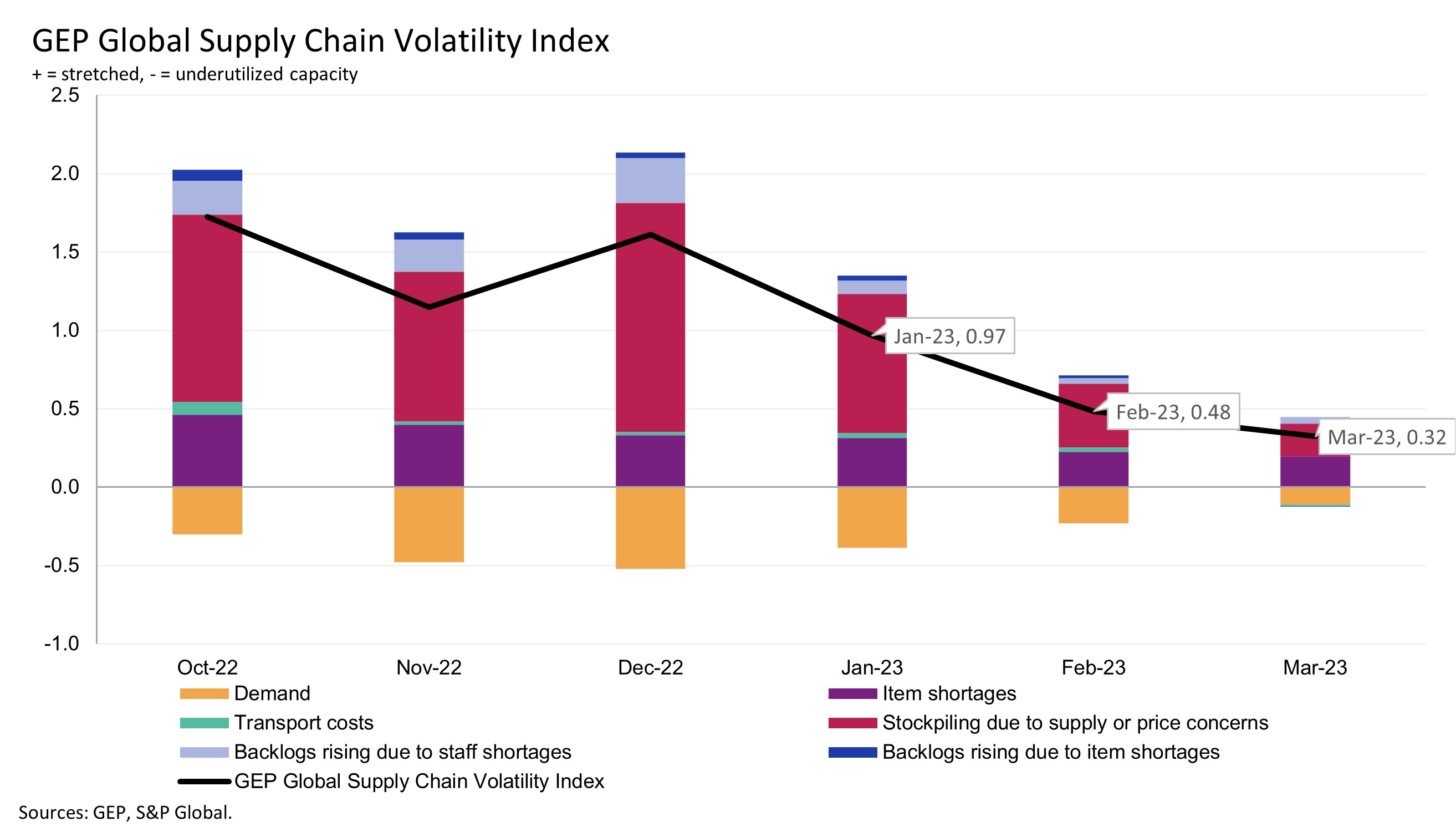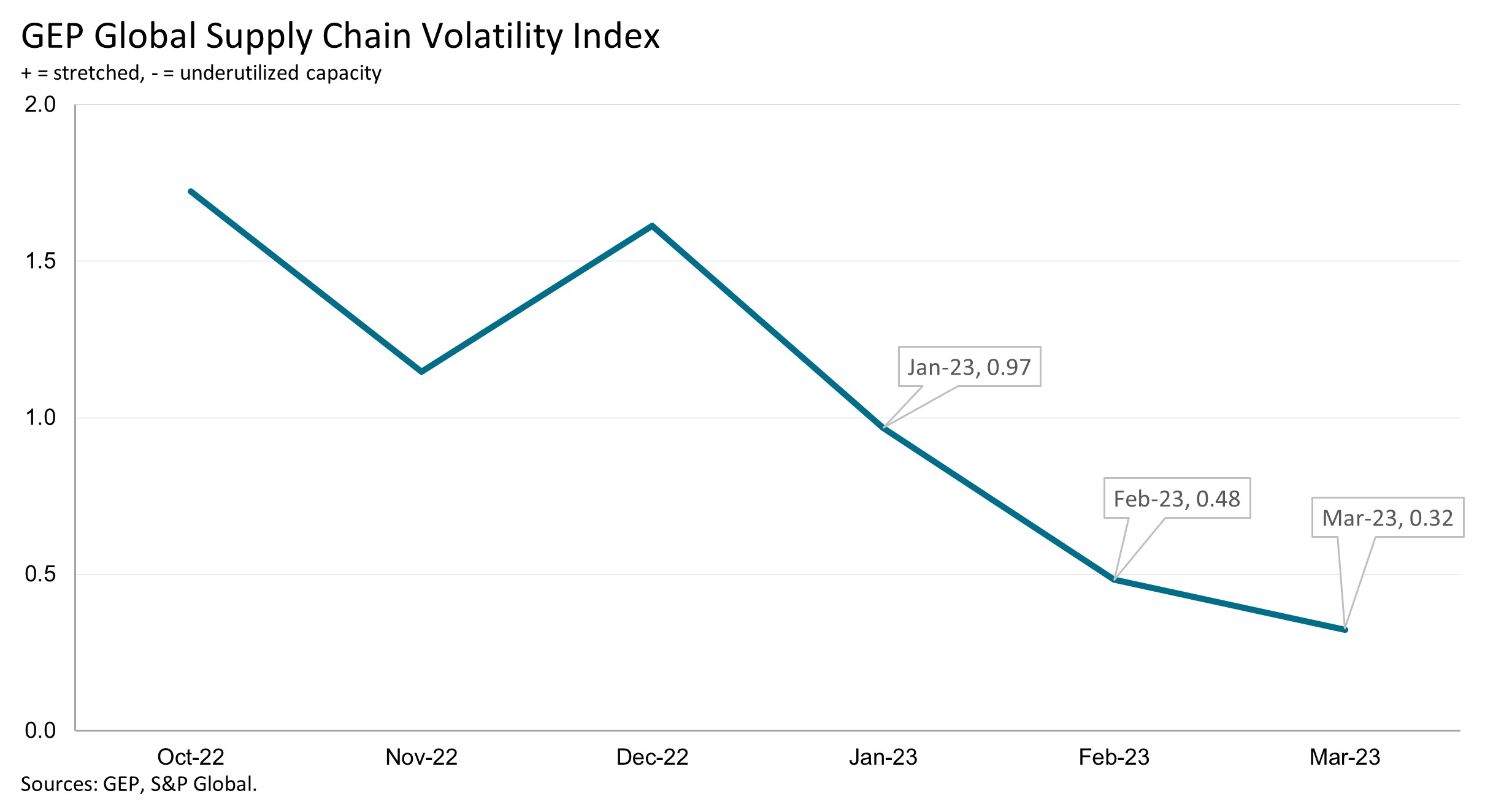-
GEP Software
-
- Procurement Software
- Direct Procurement Software
- Indirect Procurement Software
- Unified Source-to-Pay
- Source-To-Contract Software
- Procure-to-Pay
- Midsize & High Growth Enterprises
- Key Capabilities
- Spend Analysis
- Sourcing
- Contract Lifecycle Management
- Supplier Lifecycle Management
- Third-Party Risk Management
- Purchasing
- Payments
- Data Analytics and Reporting
- Do more with GEP SMART
- Intake Management & Orchestration
- Intelligent Category Management
- Tail Spend Management
- Cost Data & Analytics (GEP COSTDRIVERS)
- AI-First Supply Chain Management
- Supply Chain Visibility and Execution
- Logistics Visibility
- Inventory and Warehouse Management
- GEP Multienterprise Collaboration Network
- Supply Chain Control Tower
- Field Services
- Supply Chain Collaboration & Planning
- Supply Chain Planning
- Purchase Order Collaboration
- Forecast Collaboration
- Capacity Collaboration
- Quality Management Software
- Should-Cost Modeling
- Direct Material Sourcing
-
-
GEP Strategy
-
GEP Strategy
Unrivaled supply chain and procurement expertise + the transformative power of AI
Supply Chain Consulting
- Environmental, Social and Governance
- Sustainability Consulting Services
- Socially Responsible Sourcing
- Scope 3
- Demand and Supply Chain Planning
- Collaborative Planning
- Source To Contract
- Procure To Pay
- Inventory Strategy & Management
- Operations & Manufacturing Excellence
- GEP Total Inventory Management Solution
- Network Strategy & Optimization
- Warehousing & Transportation Management
-
-
GEP Managed Services
-
GEP Managed Services
World-class skills, experience and know-how — amplified by the power of AI
-
- Demand for raw materials and components trend improves, tentatively suggesting we’re past the trough seen in late 2022
- Reopened Chinese economy supports purchasing managers’ demand across Asia in March
- Global supply chain volatility falls to lowest level since July 2020
Clark, N.J., April 17, 2023 — The GEP Global Supply Chain Volatility Index — a leading indicator tracking demand conditions, shortages, transportation costs, inventories and backlogs — shows that the world’s global supply chains are now operating more efficiently. GEP’s Volatility Index fell to 0.32 in March, from 0.48 in February, signalling the lowest level of stress on the world’s supply chains since July 2020.
Although global demand for raw materials and components remains subdued, the trend is improving since hitting its trough in December. In fact, Asian purchasing managers increased their orders for components again in March, with manufacturers in China and India primarily driving this surge. In Europe and the U.S., demand for raw materials and components is no longer falling as rapidly as companies have successfully drawn down some of their excess warehoused stocks.
Commenting on the March data, Binayak Shrestha, global head of services delivery, GEP, said, “A period of decreased demand has helped resolve the supply issues of materials and labor shortages, and stockpiling, and we’re now seeing early signs of improving demand. Despite high interest rates, demand for raw materials and components increased across Asia and declines eased across the U.S. and Europe. So now is a good time for companies to lock in prices and key terms with suppliers for the coming months, which will also help tap down inflation.”
The key findings from March’s data:
- DEMAND: Global demand for raw materials, commodities and components remains subdued, but the trend continues to improve. In some parts of the globe, such as Asia, companies are raising their purchases.
- INVENTORIES: Global businesses are reducing their safety stocks as supplier lead times quicken and concerns surrounding pricing and supply fade. Reports of safety stockpiling are at their lowest since July 2020.
- LABOR SHORTAGES: As has been the case since the start of 2023, labor shortages are having little adverse effect on suppliers, indicating current staffing is adequate to cope with demand.
- MATERIAL SHORTAGES: Business reports of item shortages are at their lowest since September 2020.
- TRANSPORTATION: Global transportation costs have fallen just below their long-term average as pressures on shipping, rail, air and road freight have subsided.
- REGIONAL SUPPLY CHAIN VOLATILITY: Supply chains are operating efficiently in the U.K. and North America. In Europe and Asia, supply chain conditions have almost completely normalized.


For more information, visit www.gep.com/volatility
Note: Full historic data going back to January 2005 is available; please contact economics@spglobal.com.
ABOUT THE GEP GLOBAL SUPPLY CHAIN VOLATILITY INDEX
The GEP Global Supply Chain Volatility Index is produced by S&P Global and GEP. It is derived from S&P Global’s PMI™ surveys, sent to companies in over 40 countries, totaling around 27,000 companies. The headline figure is a weighted sum of six sub-indices derived from PMI data, PMI Comments Trackers and PMI Commodity Price & Supply Indicators compiled by S&P Global.
- A value above 0 indicates that supply chain capacity is being stretched and supply chain volatility is increasing. The further above 0, the greater the extent to which capacity is being stretched.
- A value below 0 indicates that supply chain capacity is being underutilized, reducing supply chain volatility. The further below 0, the greater the extent to which capacity is being underutilized.
A Supply Chain Volatility Index is also published at a regional level for Europe, Asia, North America and the U.K. For more information about the methodology, click here.
About GEP
GEP® delivers transformative supply chain solutions that help global enterprises become more agile and resilient, operate more efficiently and effectively, gain competitive advantage, boost profitability and increase shareholder value. Fresh thinking, innovative products, unrivaled domain expertise, smart, passionate people — this is how GEP SOFTWARE™, GEP STRATEGY™ and GEP MANAGED SERVICES™ together deliver supply chain solutions of unprecedented scale, power and effectiveness. Our customers are the world’s best companies, including more than 550 Fortune 500 and Global 2000 industry leaders who rely on GEP to meet ambitious strategic, financial and operational goals. A leader in multiple Gartner Magic Quadrants, GEP’s cloud-native software and digital business platforms consistently win awards and recognition from industry analysts, research firms and media outlets, including Gartner, Forrester, IDC, ISG, and Spend Matters. GEP is also regularly ranked a top supply chain consulting and strategy firm, and a leading managed services provider by ALM, Everest Group, NelsonHall, IDC, ISG and HFS, among others. Headquartered in Clark, New Jersey, GEP has offices and operations centers across Europe, Asia, Africa and the Americas. To learn more, visit www.gep.com.
About S&P Global
S&P Global (NYSE: SPGI) S&P Global provides essential intelligence. We enable governments, businesses and individuals with the right data, expertise and connected technology so that they can make decisions with conviction. From helping our customers assess new investments to guiding them through ESG and energy transition across supply chains, we unlock new opportunities, solve challenges and accelerate progress for the world. We are widely sought after by many of the world’s leading organizations to provide credit ratings, benchmarks, analytics and workflow solutions in the global capital, commodity and automotive markets. With every one of our offerings, we help the world’s leading organizations plan for tomorrow, today.
Media Contacts
Derek Creevey
Director, Public Relations
GEP
Phone: +1 732-382-6565
Email: derek.creevey@gep.com
Joe Hayes
Senior Economist
S&P Global Market Intelligence
T: +1 +44-1344-328-099
Email: joe.hayes@spglobal.com
Disclaimer
The intellectual property rights to the data provided herein are owned by or licensed to S&P Global and/or its affiliates. Any unauthorized use, including but not limited to copying, distributing, transmitting or otherwise of any data appearing is not permitted without S&P Global’s prior consent. S&P Global shall not have any liability, duty or obligation for or relating to the content or information (“data”) contained herein, any errors, inaccuracies, omissions or delays in the data, or for any actions taken in reliance thereon. In no event shall S&P Global be liable for any special, incidental, or consequential damages, arising out of the use of the data. Purchasing Managers’ Index™ and PMI™ are either registered trademarks of Markit Economics Limited or licensed to Markit Economics Limited and/or its affiliates.
This Content was published by S&P Global Market Intelligence and not by S&P Global Ratings, which is a separately managed division of S&P Global. Reproduction of any information, data or material, including ratings (“Content”) in any form is prohibited except with the prior written permission of the relevant party. Such party, its affiliates and suppliers (“Content Providers”) do not guarantee the accuracy, adequacy, completeness, timeliness or availability of any Content and are not responsible for any errors or omissions (negligent or otherwise), regardless of the cause, or for the results obtained from the use of such Content. In no event shall Content Providers be liable for any damages, costs, expenses, legal fees, or losses (including lost income or lost profit and opportunity costs) in connection with any use of the Content.
Media contact

Breadcrumb
- HOME
- NEWS AND UPDATES
- DEMAND FOR RAW MATERIALS AND COMPONENTS, WHILE SUBDUED, IMPROVES IN THE U.S., EUROPE AND RISES IN ASIA AS GLOBAL ECONOMY DISPLAYS RESILIENCE









